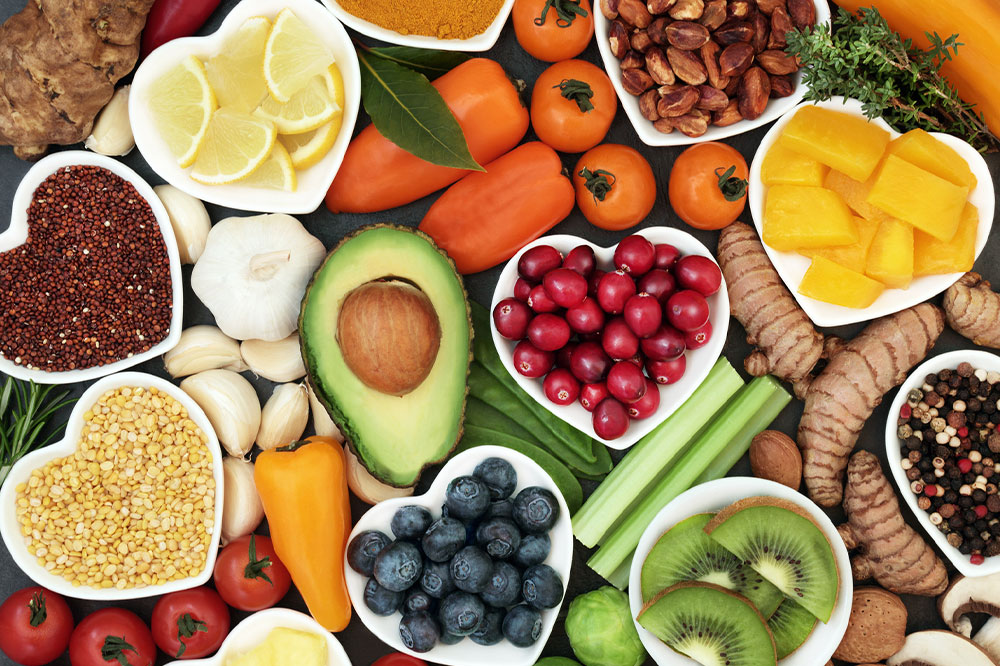
Food and remedies for gout pain
Gout is a common form of arthritis that can affect anyone. It is characterized by sudden bouts of tenderness, swelling, pain, and redness in one or more joints. The condition leads to sudden flare-ups with a burning toe sensation, usually in the middle of the night. The joint feels swollen, hot, and tender, and even the bedsheet’s weight may seem intolerable. Its symptoms are intermittent, but you can manage gout flares with pain relief tips.
Causes of gout pain
Our body makes uric acid for the chemical breakdown of purines found in some drinks and foods. It is a typical by-product that goes through the kidneys and is eliminated from the body via our pee. Sometimes, the body generates too much uric acid, or the kidneys cannot handle it well. When the level of uric acid in the body is high, it tends to concentrate in the joints. Even though high uric acid is one of the biggest causes of gout pain, some people with high levels may never get gout.
Home remedies for gout pain
Here are some of the pain relief tips for gout pain:
Apply ice to the affected joint
Cold therapy helps relieve the pain by dulling the pain signals and reducing inflammation. If this treatment works well, you can use the cold pack intermittently around the day for 10-20 minutes in one go.
Drink plenty of water
People with gout experience swelling and inflammation. One of the easiest ways to deal with it is by drinking more water. You can trigger your kidneys to eliminate excess fluid by increasing fluid consumption. It will lower the swelling in the gout-infected joint. Water can be one of the best natural remedies for gout. You can substitute some fluid intakes with clear fluids like herbal tea and broths. Avoid sodas as they have a high purine content.
Rest the joint
It always helps to rest till the pain simmers down. If possible, raise the joint on a soft object like a pillow.
Reduce stress
Stress can aggravate gout symptoms. While you cannot possibly eliminate all stress sources, some tips can help:
Take some time off
Meditate
Journal your feelings
Read your favorite book
Exercise if the pain does not curtail your movement
Getting adequate rest can also help you feel less stressed.
Food recommendations
Making some alterations in your food plan is also a popular remedy for keeping gout symptoms in check. Here are some foods to eat and avoid.
Foods to eat
Low-fat yogurt
A nice low-fat yogurt with berries is gout-friendly and makes for a healthy snack or breakfast. Milk contains proteins that help eliminate uric acid, the primary culprit behind your condition.
Cherries
Cherries contain anthocyanins, a compound with anti-inflammatory properties that can help uric acid in the body. Studies suggest that 100% tart cherry juice daily for four weeks can dramatically reduce the uric acid level in the blood. You can eat a handful of cherries or drink a glass of cherry juice for the best results.
Dandelion
Dandelion is a tea you can make at home to keep gout attacks at bay. Typically, people use dandelion tea and extract for healthy kidney function. It also helps remove excess uric acid from the body.
Hibiscus
It is a flowering plant that can help increase uric acid levels in the urine, which can help lower the risk of gout. You can make hibiscus tea at home to keep your flare-ups in check.
Coffee
It is common knowledge that coffee is acidic, but the acid in coffee is not the same as uric acid. Drinking coffee can lower uric acid levels and reduce purine’s breakdown into uric acid. In addition, it will also accelerate its excretion from the body.
Foods to avoid
Refined carbs
Refined carbs, like cake, cookies, and white bread, can quickly elevate your blood sugar levels, which is not ideal for uric acid levels.
Honey
Honey has a high fructose content, a natural sweetener that generates purines when it breaks down in the body. Purine is converted into uric acid by the body. Hence, you must reduce or avoid its consumption.




